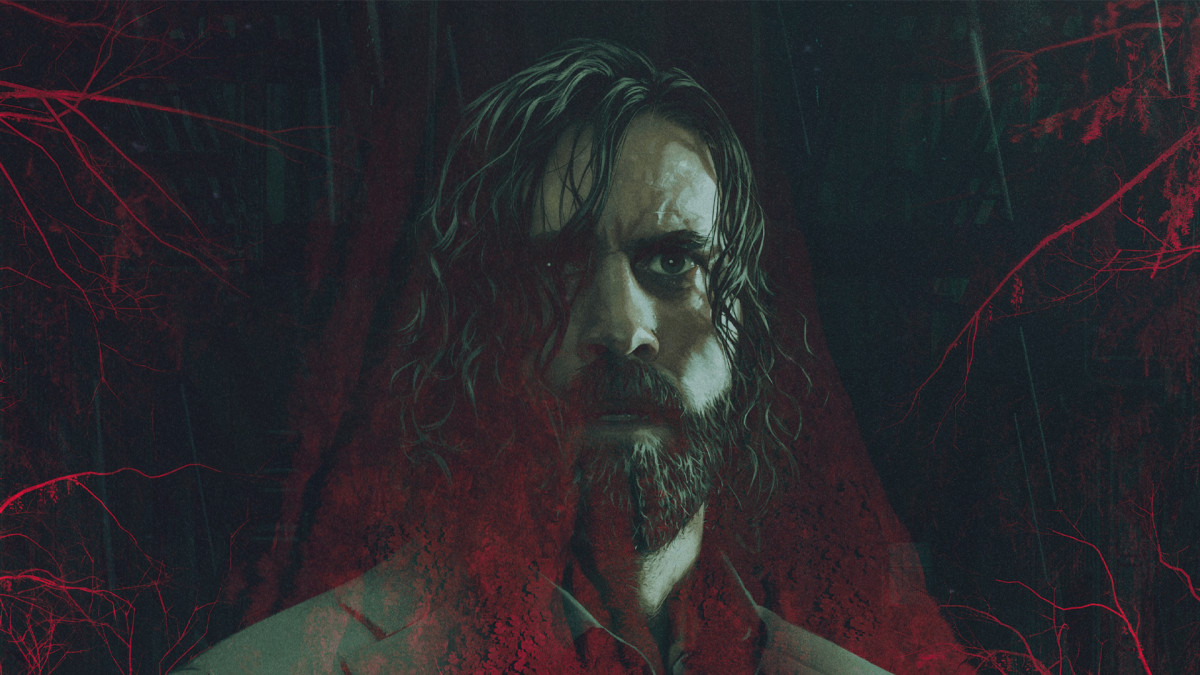(Photo courtesy of: Xbox Wire) “”Alan Wake II” is a terrifying sequel.”
Jack Cahill
Connector Contributor
“Alan Wake”, developed by Finnish game developer Remedy Entertainment and released on May 14, 2010, was met with middling commercial success but widespread critical acclaim. With its atmospheric visual and sound design, supernatural horror-themed narrative resembling a television series a la “The Twilight Zone” and pacing that allows for a fully fleshed-out story and characters while remaining digestible for the average gamer,it quickly became a cult classic with a devoted fanbase hoping for a sequel.
Over the years, however, the prospect of one dwindled, with 2012’s “Alan Wake’s American Nightmare” being more of a spin-off, 2016’s “Quantum Break” being built on the foundation of a sequel that fell through and “Quantum Break” itself being followed by “Control” in 2019. Despite all this, Remedy had maintained that a theoretical “Alan Wake II” was always more of a question of budget and resources than it was one of interest; and with the commercial success of “Control”, the long-awaited sequel has finally seen the light of day, thirteen years after its predecessor.
Narratively, “Alan Wake II” picks up after the same amount of time that has passed since the first game’s release in real life. The titular protagonist has spent the last thirteen years as the prisoner of an otherworldly force known as the Dark Presence, having been trapped in the Dark Place under the small town of Bright Falls, Washington’s Caldron Lake, from which he desperately searches for an escape. Within the world above, Saga Anderson, a special agent of the Federal Bureau of Investigation, has arrived in Bright Falls per an investigation into several mysterious deaths, one of which being a former FBI agent. In short order, she concludes that the murders were committed by the Cult of the Tree, an animal-masked group who operate in and around the forests surrounding Bright Falls.
“Alan Wake II” begins with Saga Anderson’s perspective for its first two chapters, before shifting to its eponymous character’s perspective for the next two. Afterwards, the player is given the freedom to proceed through its protagonists’ parallel plotlines in whatever order they wish. These stories, though sharing core gameplay mechanics and connected by an overarching narrative, are considerably different from one another, allowing the player to engage in one should they desire a break from the other.
Unlike its milder predecessor, “Alan Wake II” goes all in on being a horror game, even being specifically described as a horror story by Alan himself—whom Matthew Porretta excellently reprises the role of—in its opening sequence. As a result, it is considerably darker and more disturbing in its content and themes; whereas the first game was rated T for Teen by the Entertainment Software Ratings Board (ESRB), its sequel carries a strict M-rating.
To coincide with this change in tone, “Alan Wake II”’s gameplay is largely a shift to survival horror compared to the first game’s action-horror approach, resulting in greater tension and resource management in between enemy encounters. Despite this, its main method of dispatching enemies—known in-game as “Taken”—remains largely identical: Taken are usually protected by shrouds of darkness that must be eroded by bright light—such as a flashlight that is always on the player character’s person—before they can be felled. Taken also come in more diverse forms this time around, such as wolves, hatchet-throwers, and those who utilize the power of the Dark Presence controlling them to create grenade-like projectiles. Unlike the first game, however, Safe Havens, which take the form of active lampposts, are no longer the only method of regaining health, nor do they fully heal the player character. To that end, both Saga and Alan have access to painkillers, trauma packs and medical kits, and must make good use of them should they need to recover large amounts of health.
“Alan Wake II” delivers almost entirely across the board after over a decade of anticipation, building upon first game’s already solid foundation and enhancing it through a shift to traditional horror in its gameplay. Though not without the occasional technical mishap, and combat that could have used greater refinement in some areas, these issues are few and far between and do little to hamper the overall experience. The continuation of Alan Wake’s supernatural horror story was well worth the wait, and, for those who have access to at least $60 and a PlayStation 5, Xbox Series X/S, or Microsoft Windows, this is a must-play for fans of the first game and newcomers alike.
Overall Grade: A-




